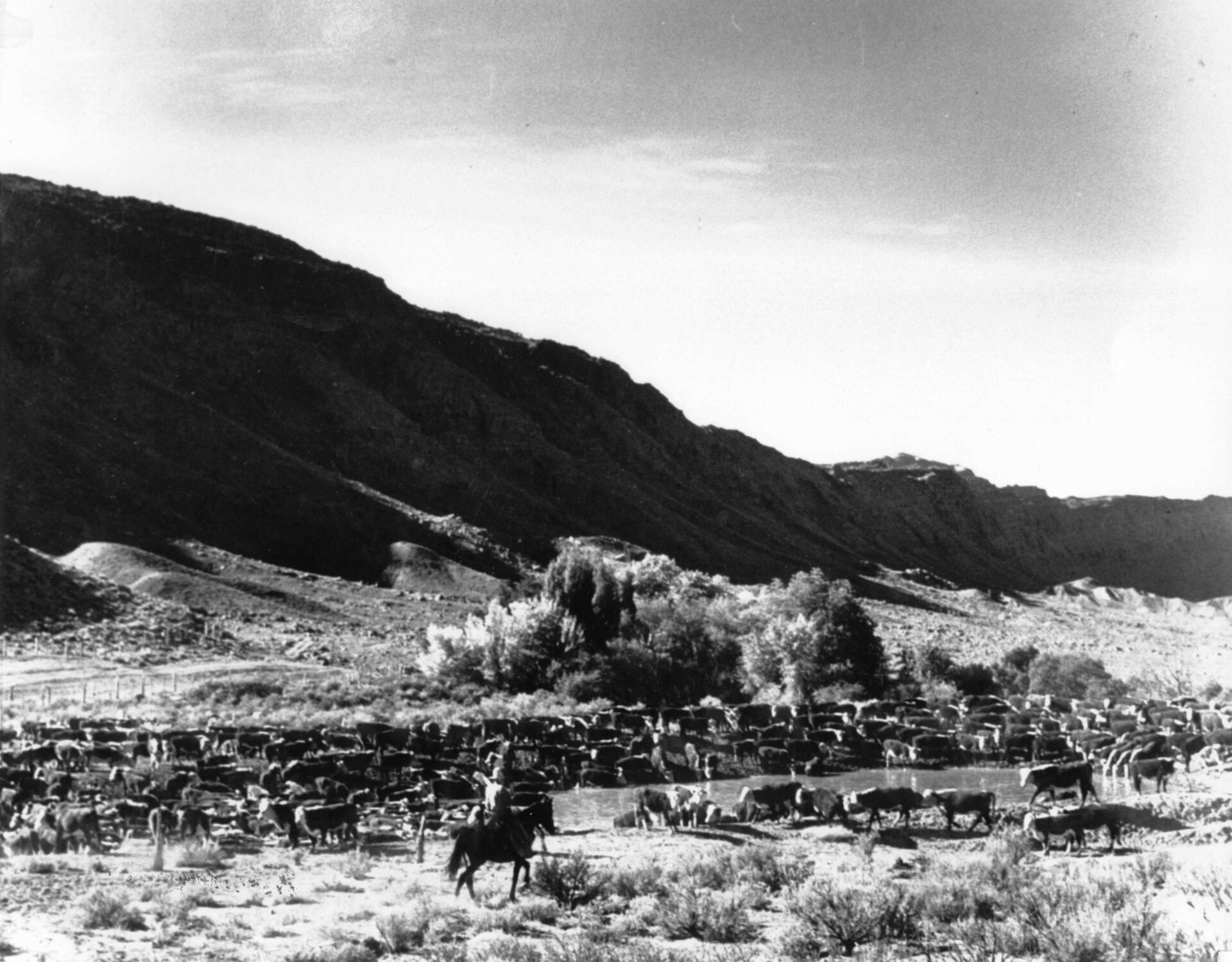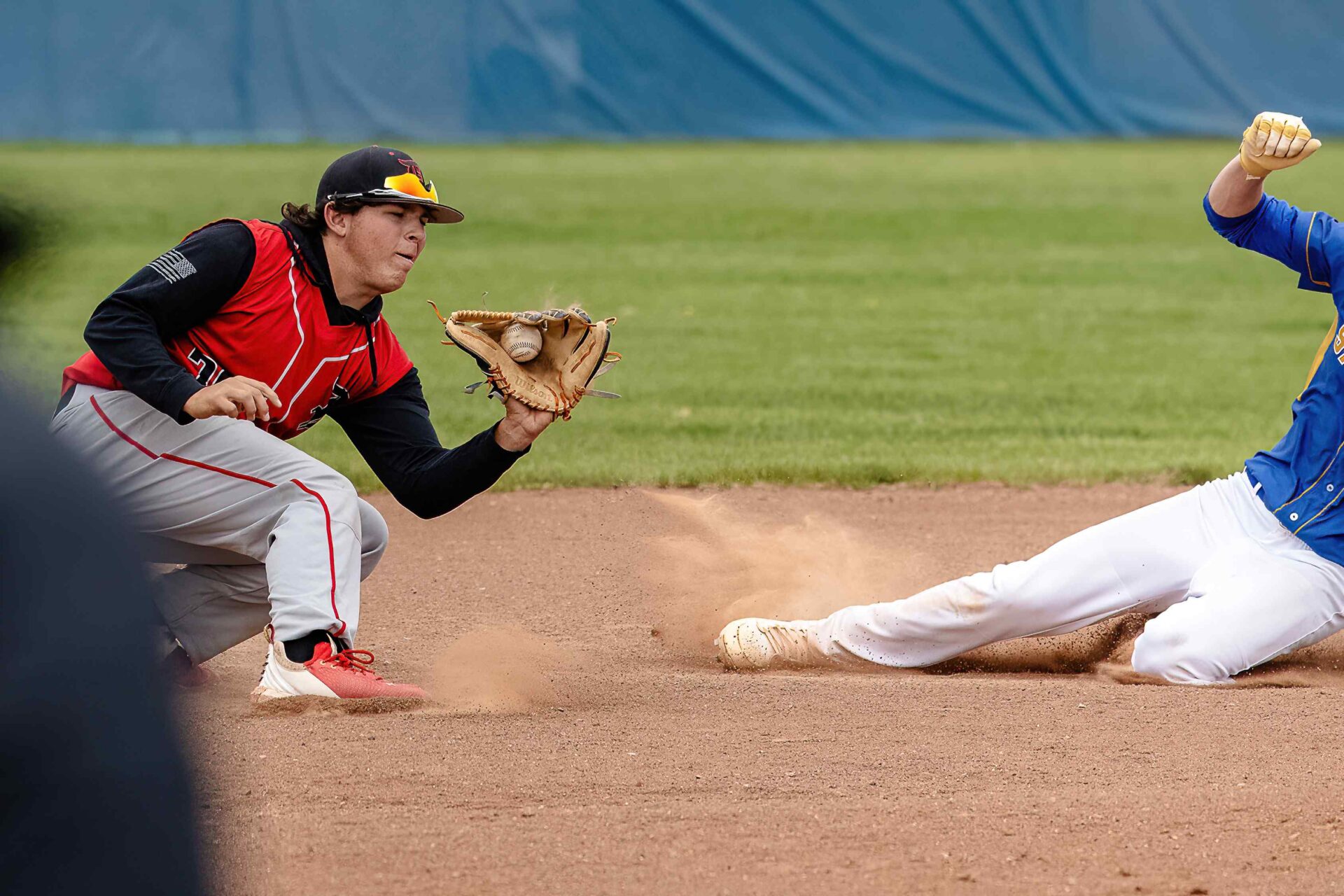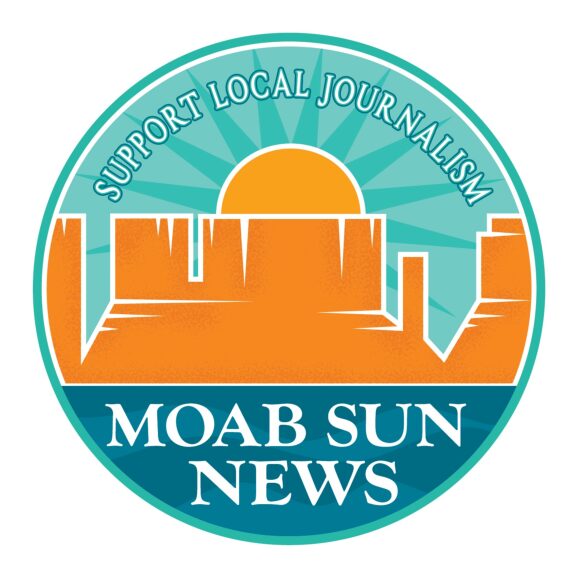
Dewey, Utah, a crucial transportation link in Grand County’s history, was home to several key families throughout history. In 1902, Richard “Dick” Westwood and his wife Martha Westwood moved to Dewey, Utah to operate the ferry used for crossing the Colorado River. For the Westwood family and their many small children, life in Dewey posed numerous logistical challenges—including ensuring the kids were able to receive an education.
“While living at Dewey, we had a hard time getting our children in school,” explained Martha in autobiographical writings in the Moab Museum’s Oral History Collection. “The first school we had there, I enrolled, and also enrolled [my daughter] Grace who was not quite four years of age, in order to make up the required number of pupils.”
In subsequent years, Martha did not have to enroll herself, but continued to go to extraordinary lengths to keep a school in Dewey for her family.

“We boarded and took care of three other children free gratis one winter,” she wrote. “With the teacher and my eight children, there were fourteen of us all the time to cook for and washing and ironing to be done. [Plus] cooking for transients who came by at all hours of the day.”
As her children got older, they were sent to Moab for high school education. The Westwood family spent some seasons in Cisco and other areas, so Westwood children attended a few different schools during their youth. Martha’s involvement with the school system was multifaceted. “I also served on the school board as trustee and was chairman for two years,” she recounted. “This entailed some traveling to Moab and other outlying places to carry out my duties.”
Martha Westwood’s recollections, and many other Grand County stories, can be found in the Moab Museum Oral History Collection.
The Moab Museum is dedicated to sharing stories of the natural and human history of the Moab area. To explore more of Moab’s stories and artifacts, find out about upcoming programs, and become a Member, visit www.moabmuseum.org.



